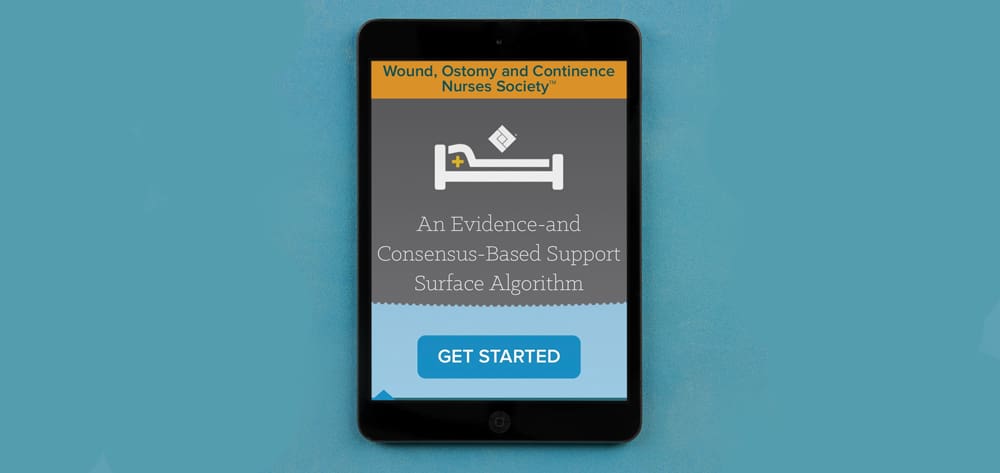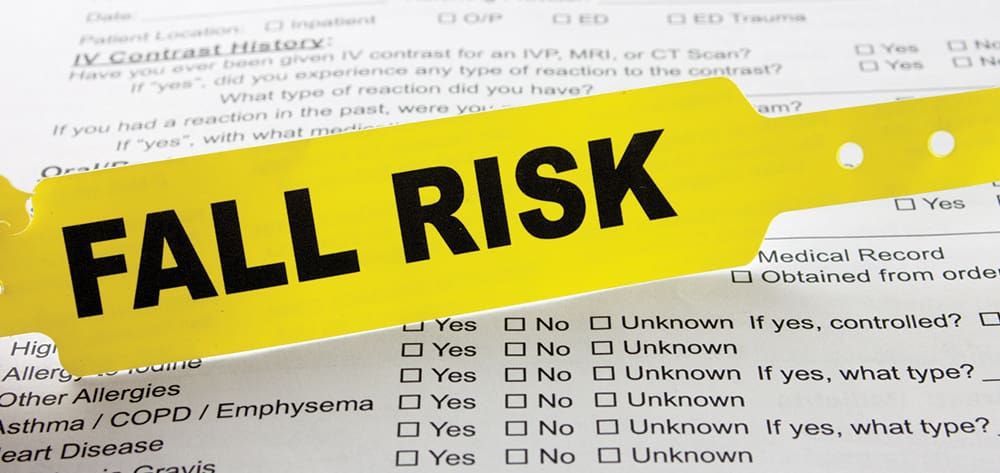We are in the midst of a patient experience revolution. The e-patient movement is igniting patients to become empowered, engaged, equipped, and enabled in their health and healthcare decisions.
At the same time, providers and healthcare organizations are recognizing that patient engagement and participation are essential to achieving the triple aim of health care: improving care, optimizing health, and reducing cost.
Achieving these goals requires a culture that prioritizes patient engagement as a core value. (See Patient engagement and patient satisfaction: What’s the difference?) This requires practices that include the active collaboration of providers, patients, and their families and caregivers. Here are some ways nurses can lead the way.
Discover and share your patient’s story
Patients have complex life and health stories that run deeper than the reasons they seek care. Put your patient’s voice first and learn what matters most to the individual and what he or she wants to accomplish in his or her health encounter. Uncovering the full story will help you to personalize the best evidence-based care plan for that person.
Unfortunately, limited time and extensive forms often encourage data collection, rather than storytelling and meaningful conversations. This can make barriers to health and self-care, such as lack of social support, isolation, and issues at home, hard to detect.
Patient stories can also be trapped in provider “silos” and not get shared across collaborative care teams. Strategies to help you discover and share your patient’s story include:
- Practice health story conversations with the entire care team using forms or computer screens as a guide, but not the medium. For example, begin a conversation
with “Tell me about the health patterns or issues you are most concerned about today, such as getting enough rest, tolerating exercise, or breathing easily.” - Encourage and support patients to tell their stories to better articulate their own health goals and challenges. Make the patient feel at ease by asking open-ended questions, such as “What’s the most important health goal you have for yourself over the next month?”
- Create “living” documentation, not just a one-time admission data form. Living documentation is easily accessible and updateable by all members of the collaborative team, rather than siloed in a paper chart or electronic health record. Personal details that are learned by nurses and others can be added as multiple entries over time as more is learned about the patient and family.
- As a patient’s story unfolds, update all appropriate care team members. Do this as needed and routinely during rounds and shift changes.
Learn the story of caregivers and family
Engage and learn the story of significant others in a patient’s life. This includes the history, needs, and expectations of family and other caregivers. In many cases, learning their stories reveals hidden barriers to health and recovery. Sharing this information across disciplines helps the care team address them promptly.
Here are some tips:
- Assess how the caregiving team is supporting the patient. Who is the primary caregiver? Who is responsible for coordinating communication with the care team?
- Evaluate what barriers are most significant to continued recovery. Ask how well rested the team is, and consider their capacity for continued physical and emotional caring. For example, ask what caregivers do to relax and recharge.
Share health data
Effective patient engagement includes exchanging data before, during, and after health encounters. Federal programs for the meaningful use of health information technology (HIT) require offering secure electronic messaging. Patients must be able to view, download, and transmit their health information.
Here are some HIT tools that support patient engagement.
- OpenNotes, Our Notes, and other electronic documentation tools. These tools give patients electronic access to their entire record. Patients are encouraged to view their records and make corrections, in conjunction with their providers, as needed. This promotes transparency and puts provider and patient on the same page.
- Patient-Generated Health Data (PGHD). These tools include a variety of health information created, recorded, and gathered by patients or their designees. Patients, not providers, are primarily responsible for capturing or recording such data, which are distinct from data generated in clinical settings. Patients direct the sharing to recipients of their own choosing.
- Patient-Reported Outcomes (PROs). These tools document outcomes important to patients. PROs reflect how well their needs have been met and their care coordinated. PROs are collected through a series of questionnaires sent to a patient electronically (SMS text message) to quantify medication adherence and describe the nature of side effects and reasons for nonadherence.
Share decision-making
Care planning and outcome evaluation should include the voice of the patient and home caregiver team. Shared decision-making (SDM) brings providers and patients together as collaborators. Techniques that support SDM include:
- Ask the patient what his or her care goals are for today, the care episode, for discharge, and overall health. Compare these goals to those set by the clinical team.
- Clarify what decision points can be shared, what actions the patient and caregivers can take and what they can expect from the team.
- Establish continuity with a shareable care plan. Show the patient the design of the plan, how ownership is shared, and who can make changes or updates.
For more patient engagement ideas, see Tap into a patient-engagement resource.
Heart of nursing
Assessing a patient’s knowledge, skills, and assets for self-care has always been at the heart of nursing. You can help take patient engagement to the next level.
Selected references
About Us. e-patients.net, a project of the Society for Participatory Medicine. 2014. www.e-patients.net/about-e-patientsnet
Greene J, Hibbard JH, Sacks R, Overton V, Parrotta C. When patient activation levels change, health outcomes and costs change, too. Health Aff. 2015;34(3):431-7.
Oldenburg J, Chase D, Christensen, KT, Tritle B, eds. Engage! Transforming Healthcare Through Digital Patient Engagement. Chicago: Healthcare Information Management and Systems Society; 2013.
Ricciardi L, Mostashari F, Murphy J, Daniel JG, Siminerio EP. A national action plan to support consumer engagement via eHealth. Health Aff. 2013;32(2):376-84.
Susan C. Hull is an independent nursing consultant and co-chairs the Alliance for Nursing Informatics Consumer e-Health Task force in partnership with the American Nurses Association.


















